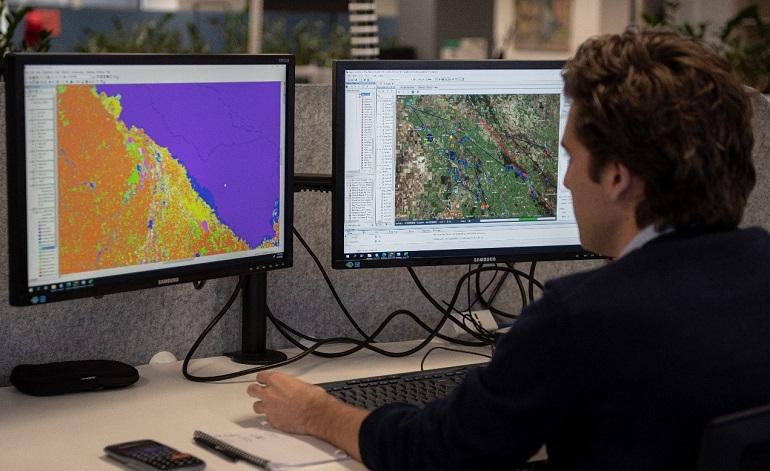This article noted that all models were expected to be integrated by July 2024. All relevant MDBA and state government river planning models are now expected to be integrated by the end of 2024. For more information, visit the Types of water modelling page.

The Australian Government is investing $66 million to upgrade the Murray–Darling Basin’s 24 river models.
While the river models have worked well in the past, governments need to ensure these vital tools – which water managers rely on for their own decision making – are fit to support future decisions. This investment will improve these world-leading river models and increase collaboration and transparency across the Basin governments by ensuring water managers have timely access to the same modelling data.
Healthy river systems support industries, communities and the environment, prompting the need for continual improvements to water-use efficiency based on best-available data the upgraded modelling will provide. Managers run a range of scenarios across river data, highlighting how potential scenarios could impact the Basin such as drought, high rainfall events and bushfires.
Currently, the Basin’s 24 river models require significant manual intervention to provide a whole-of-Basin view, requiring a great deal of effort. However, the funding investment will help improve this in 3 ways:
- The upgrade will integrate the independent river models more effectively by eliminating a lot of manual interventions, providing a more accurate picture of the Basin. For example, as more is found out about the Barmah Choke sand sediment and how it moves, this can be included in the modelling faster
- It will improve how the 24 separate models 'talk' to each other. Being able to run scenarios across the whole Basin is important. The uplift will help streamline this process and enable faster exploration of scenarios
- It will invest in better ways to share water data and modelling information. Transparency in the models and how these are used in decision making is key to building trust.
The upgrade will also make the evidence, data and knowledge that is used to support decision making more transparent – this is in response to long-term feedback from water users and the community. The project will span 4 years, with all the existing MDBA and state government river models expected to be integrated by July 2024.